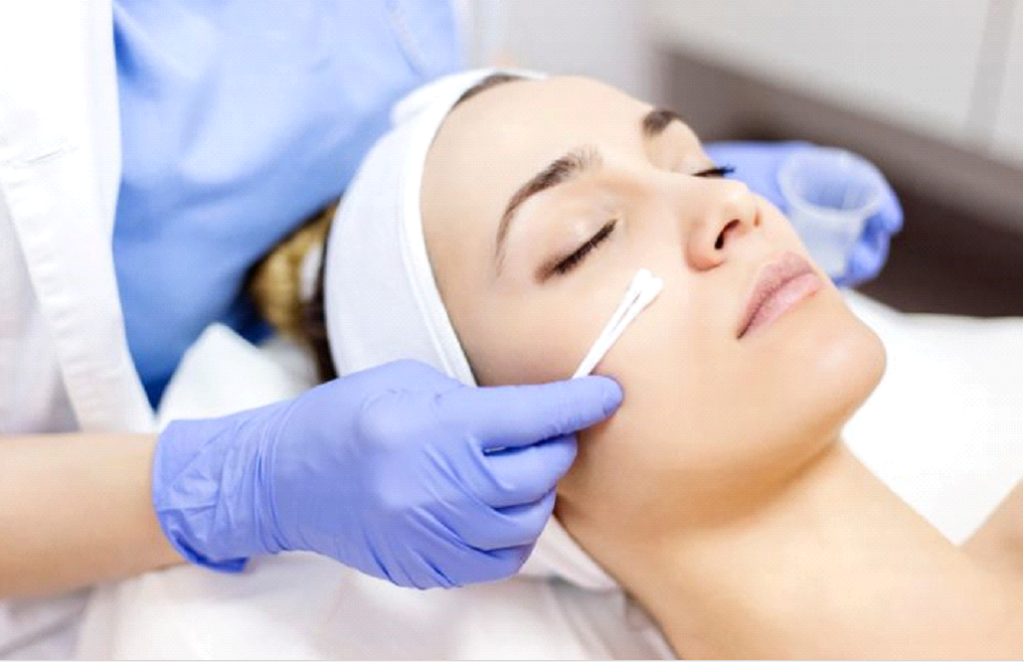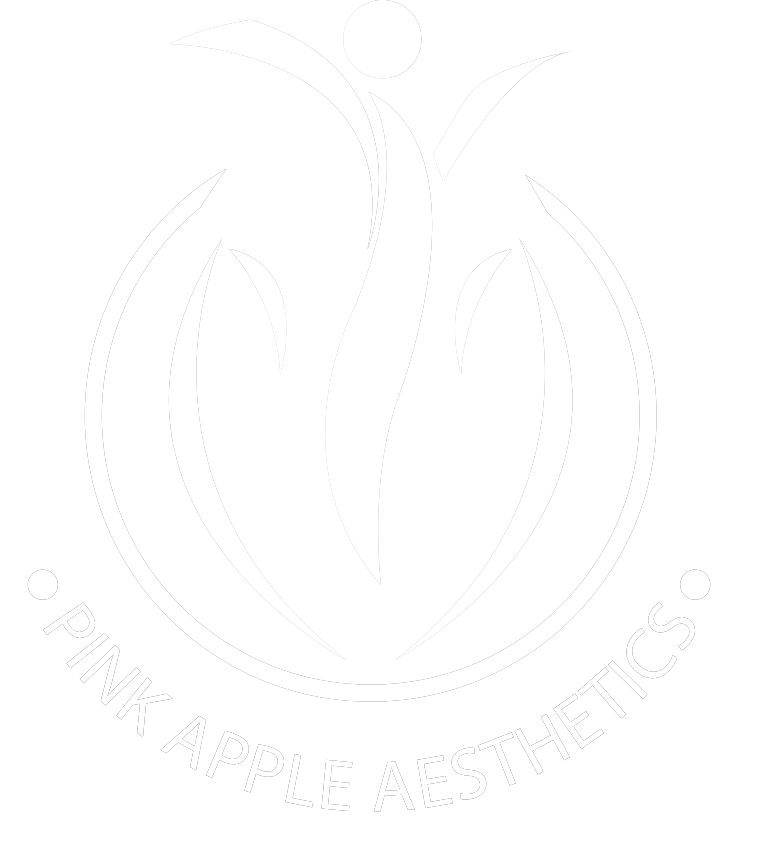A glowing skin is always trending and this is generally seen as a reflection of one’s overall wellbeing. A number of cosmetic skin rejuvenating treatments can give you the desirable effect like a youthful and smooth looking skin. Also known as chemexfoliation or derma-peeling, a very popular facial resurfacing treatment is the Chemical Peels. This cosmetic technique makes use of chemical solutions or mild acids that are derived from natural sources to exfoliate the upper, tired looking layers of the skin. The usage of the term ‘chemical’ can appear to be intimidating to some but when this is done in a controlled manner by trained cosmetologists, there isn’t anything worrisome about it.

When it comes to anti-ageing cosmetic procedures, a chemical peel is a good alternative to surgery or Botox. The solutions used are of varying strengths to get the required results by the regeneration of new and healthy less damaged skin layers. Chemical peel is also effective in evening out the skin texture or in reducing the excess accumulated pigment that appear in the form of spots or marks. These days, dermatologists employ the usage of chemical peels on not just the face or around the eyes, but also to treat skin conditions in areas like neck, arms, back and shoulders, thighs, legs, feet and hands.
Chemical peels can quite effortlessly take care of wrinkles and fine lines, sun damage, acne scars, hyperpigmentation scars, melasma or uneven skin tone or redness. This is often done as an outpatient procedure and will take just about an hour or so. Chemical peels are done in three segments starting with the pre-procedure basics or priming to prepare the skin, the actual treatment itself and ends with the post-procedural precautions. The safety of the same is assured when your doctor follows a set protocol that involves skin analysis, patch testing, peel application, and aftercare instructions.
There are three types of chemical peels based on the layers of the skin area being treated. The recovery time will depend on the type of chemical peel that is performed. The first type is the light peel or superficial peel also called the lunchtime peel. This type uses mild acids like alpha-hydroxy acid or a chemical solution like salicylic acid followed by a neutralizing solution to gently exfoliate and this penetrates only the outermost layer of skin. In the medium chemical peel, the doctor will most likely use glycolic acid or trichloroacetic acid solution and this will reach the middle and outer layer of skin and it is more suitable for removing damaged skin cells. A deep chemical peel will require sedation. Deep peels entirely penetrate the middle layer of the skin to remove damaged skin cells using solutions like phenol or trichloroacetic acid. The deep chemical peel is done in 15-minute portions, in order to limit the exposure of the skin to the acid. To prepare for the procedure, you may be required to tie back your hair. Also, as part of the priming your face will be cleaned, and eye protection like goggles or gauze may be applied.
For Enquiries and Online Appointments
For more detailed information about Chemical Peels, please send us a message today.

